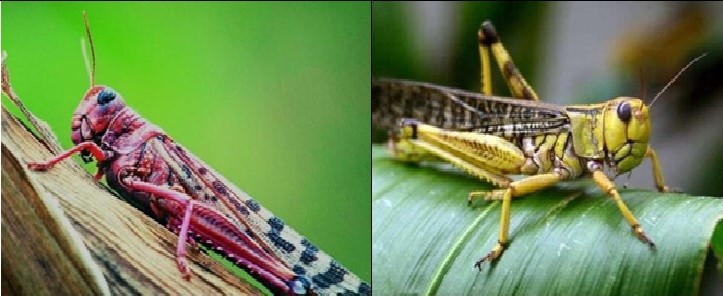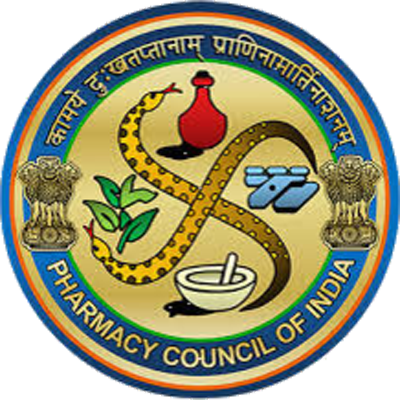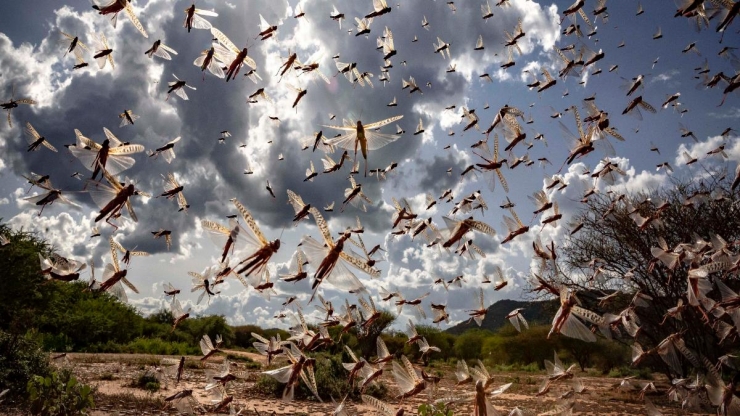India is now combatting its worst locust attack in 27 years, amidst the ongoing COVID-19 pandemic situation. It is a potential threat to our nation’s economy, as it has already suffered huge economic losses from COVID-19 outbreak, Cyclone Amphan and Nisarga.
What is a desert locust?
The desert locust, Schistocerca gregaria (Orthoptera: Acrididae) is a devastating, migratory insect pest that causes massive crop losses worldwide. It is highly polyphagous and can consume any kind of vegetation that lies in its path of destruction. These locusts migrate in large swarms and can travel more than 80 miles per day in search of food. An average locust swarm can contain more than 40 million locusts, which can potentially destroy crops sufficient to feed 2,500 people for a year (BBC).
What is the current situation of locust plague in India?
The Locust Warning Organisation (LWO), headquartered in Jodhpur, first spotted the spring- bred immature locust swarms crossing into the Thar desert from Balochistan region of Pakistan in April. Dr K.L. Gurjar, Deputy Director (PP), Locust Warning Organisation, Directorate of Plant Protection, Quarantine and Storage (DDPQS) said that the desert locusts have peculiarly arrived way before their predicted time of arrival in July. LWO is now coordinating with the India Meteorological Organisation (IMD) to forecast the possible route of these locust swarms.
The immature pink desert locust (left) and mature yellow desert locust adult (right)
Immature Pink Desert Locust and Mature Yellow Desert Locust Adult
The threat level is primarily high this year as massive locust swarms have already destroyed crops spread over 60,000 hectares area in central and western parts of India. The desert locust swarms that have invaded as far as Rajasthan, Madhya Pradesh and Maharashtra, are now heading towards Telangana. Dr Trilochan Mohapatra, DG, ICAR said that as majority of the Rabi crops have been harvested in Rajasthan and Madhya Pradesh, these locust swarms are now migrating to new areas in search of food. Several states are kept under high alert in anticipation of a possible locust invasion. Respective state governments have stepped up their mitigation efforts in response to the locust attack. Therefore, a great challenge lies ahead for the farming community to save their crops from these locust swarms.

Is desert locust invasion in India: a menace or a blessing in disguise?
The present locust scenario in India has prompted the necessity to recruit trained agriculture personnel for the management of this devastating insect pest. The subject Agricultural Entomology in B. Sc (Agriculture) course will impart the requisite knowledge and training to the future agriculture graduates on how to manage these desert locusts. The students pursuing higher studies in Agricultural Entomology may also get an opportunity as future Assistant Plant Protection Officers (Entomology), under the Directorate of Plant Protection, Quarantine and Storage (DDPQS), Government of India, to save the farming community from locust plagues. Locusts are also a rich source of animal protein; thus, there is a great scope for the agriculture graduates to explore the utility of locusts as edible human food and animal feed.













 6 Sep 2021
6 Sep 2021



